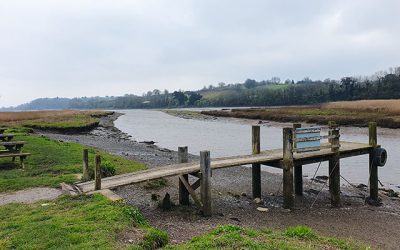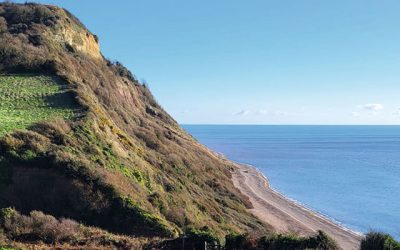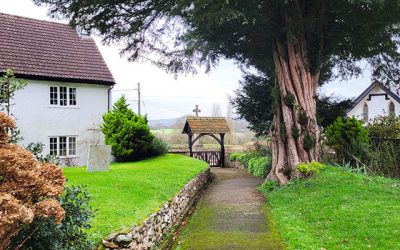Pond Life
Water in a garden instantly changes the ambience of the space. It reflects light and creates its own microclimate whilst adding interest and attracting a range of plants and wildlife. Even the smallest of ponds can support frogs, newts, insects, damselflies, dragonflies, water snails and visitors such as birds, toads and even snakes.
Ponds with different features will prove to be more attractive to wildlife than a formal pond with little vegetation and steep sides. Sloping ‘beaches’ will enable creatures to climb in and out easily, and to take a drink without fear of drowning. Ideally there will be muddy areas and shallow spaces together with deeper sections and a range of different plants for egg-laying, shelter, feeding and mobility assistance. There will be shade and sun, with crevices in which creatures can hide and some open areas for maximum benefit of light and warmth.
A few minutes looking into a pond helps to slow the pace of life and calm the soul. Tending to a pond is equally beneficial. It requires gentle care on a little-and-often basis, remembering always to leave extracted debris near the side so that creatures are able to crawl back into the water. Try to ensure that just one thing doesn’t dominate your water garden. This is especially important where there are overhanging trees, as leaves can soon fill up the pond and create a toxic, rotting environment where oxygen is in short supply.
What About Fish?
A pond containing fish is different from a wildlife pond. Each has its own merits. Watching fish is undoubtedly a pleasant activity and caring for them is relatively easy. Fish can be viewed as being attractive, especially when coloured gold. However, they prey on smaller wildlife, which can reduce the diversity of life. At the same time, they increase the level of nutrients in the water, which isn’t the best for plants and other pond life.
Pond Gardens
Ponds provide a great gardening opportunity as they can be colonised with a range of plants. Some enjoy boggy conditions such as those found within the pond margins, whilst others like to have their feet completely under the water. The most successful pond will have around one-third to a half of the surface covered in leaf by the summer months. This will help to control troublesome invasive plants that have a habit of moving in, including blanket weed – a type of algae that can quickly dominate everything else.
Pond plants can be divided into four main categories: marginals, which include marsh marigolds and water irises; deep water aquatics, including water lilies and flowering rush; floating plants such as water lettuce and water soldier; and oxygenators often known as ‘pond weed’.
See more like this
Hackney Marshes Local Nature Reserve
Discover a rich mosaic of wetland wildlife at this accessible low-lying area of flood meadows
Weston Mouth Circular
Soak up stunning Jurassic Coast views, meet the donkeys, and learn more about coastal hillside farming from the late nineteenth century
Buckerell Out and Back Loop
Explore this picturesque East Devon village boasting fantastic views from all sides





